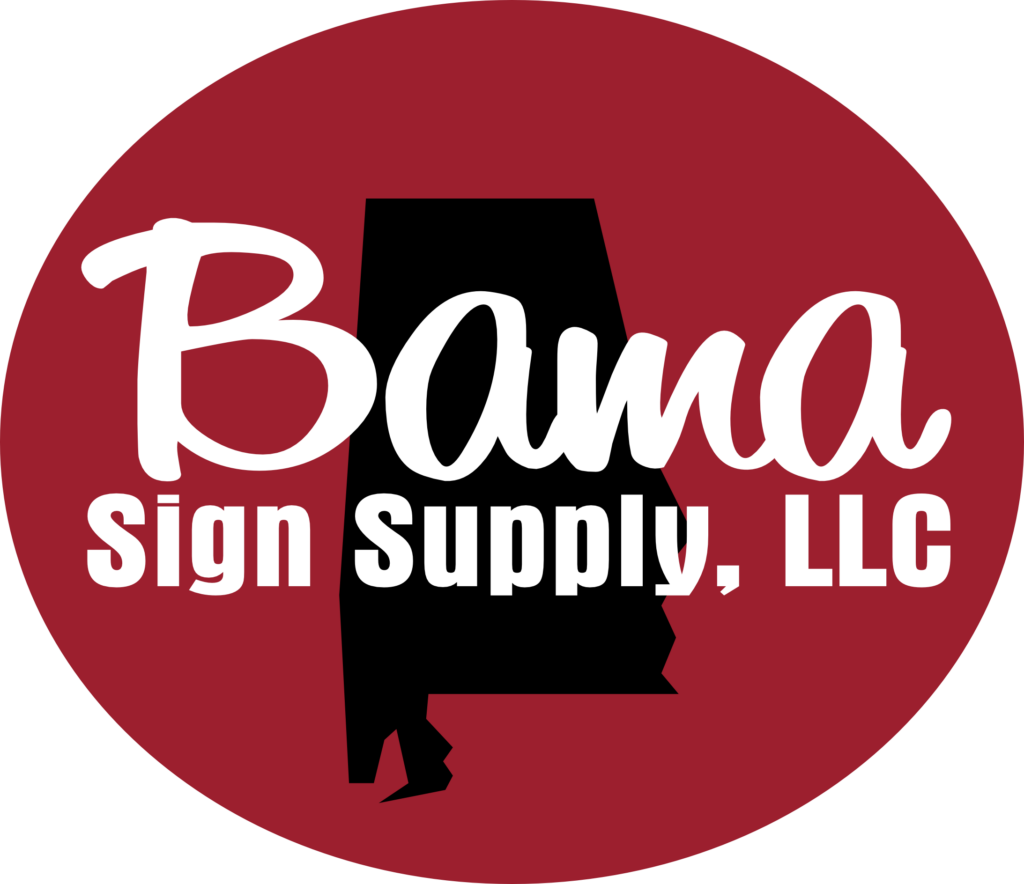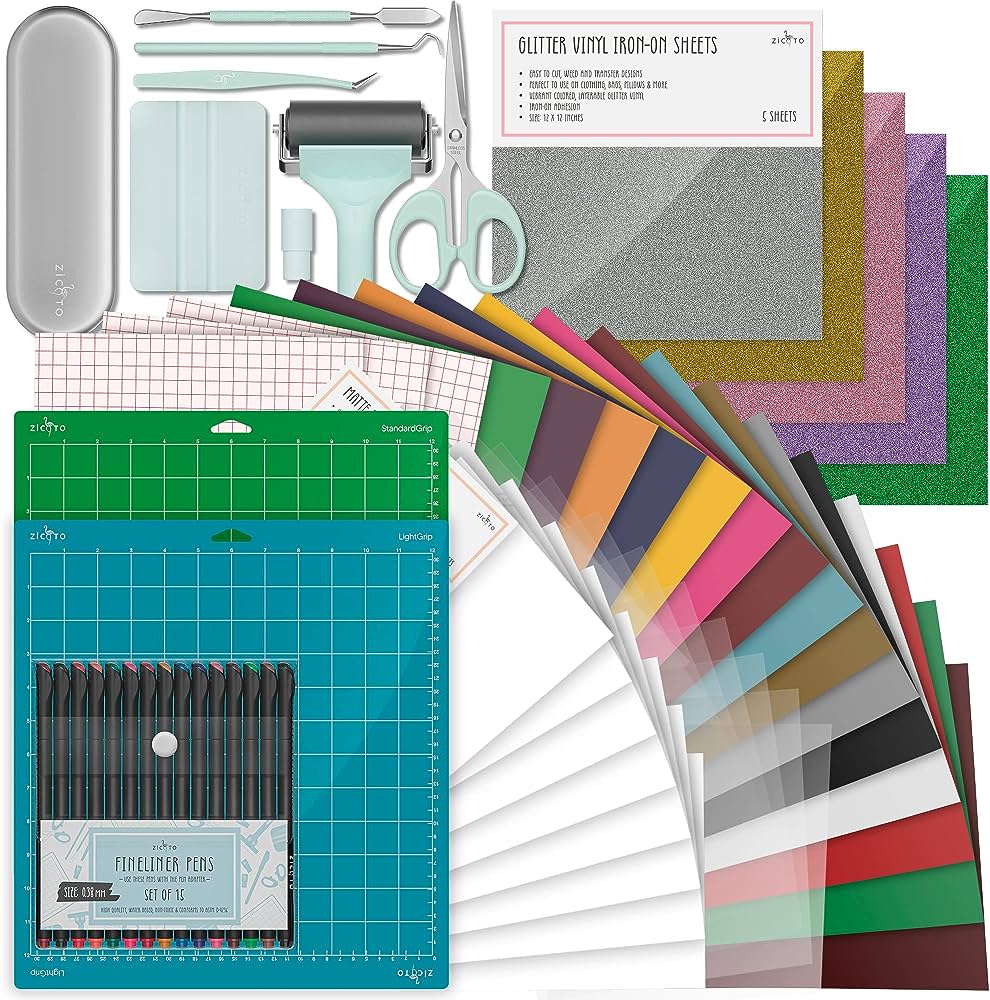Overview
Introduction to vinyl and tape in sign making
Vinyl and tape are essential components in the sign making industry. They play a crucial role in creating eye-catching and durable signs. Sign equipment, such as cutting plotters and heat transfer machines, are used to work with vinyl and tape to produce high-quality signs. Vinyl is a versatile material that can be cut into various shapes and sizes, allowing for creative designs. Tape is used for application purposes, ensuring that the vinyl adheres securely to the desired surface. Together, vinyl and tape provide sign makers with the tools they need to bring their ideas to life.
Benefits of using vinyl and tape in sign making
Vinyl and tape offer numerous benefits in the world of sign making. Firstly, they provide a durable and long-lasting solution, ensuring that the signs can withstand various weather conditions and remain intact for extended periods. Additionally, vinyl and tape allow for precise and intricate designs, enabling sign makers to create visually appealing and eye-catching signs. Moreover, these materials are versatile and can be easily applied to a variety of surfaces, including glass, metal, and plastic. This flexibility allows sign makers to cater to a wide range of client needs and preferences. Lastly, vinyl and tape are cost-effective options, offering an affordable alternative to other sign-making materials without compromising on quality. In conclusion, the use of vinyl and tape in sign making provides numerous advantages, making them an indispensable tool for sign makers.
Different types of vinyl and tape for sign making
Vinyl and tape are essential materials in the world of sign making. They come in various types, each with its own unique characteristics and uses. One type of vinyl commonly used in sign making is adhesive vinyl, which has a sticky back that allows it to be easily applied to different surfaces. Another type is heat transfer vinyl, which requires heat to activate the adhesive and is often used for creating custom designs on fabrics. Additionally, there are specialty vinyls such as reflective vinyl, which is designed to reflect light and enhance visibility, and etched glass vinyl, which mimics the appearance of etched glass. As for tape, double-sided tape is commonly used for mounting signs, while masking tape is useful for creating clean paint lines. Overall, the different types of vinyl and tape offer sign makers a wide range of options to create visually appealing and durable signs.
Vinyl in Sign Making
Types of vinyl used in sign making
Vinyl is a versatile material that is commonly used in sign making. There are several types of vinyl that are specifically designed for different applications in the sign making industry. These include adhesive vinyl, heat transfer vinyl, and printable vinyl. Adhesive vinyl is the most commonly used type of vinyl in sign making, as it can easily adhere to various surfaces. Heat transfer vinyl, on the other hand, is used for creating designs on fabrics and garments. Printable vinyl allows for the printing of high-quality graphics and images directly onto the vinyl material. Each type of vinyl has its own unique characteristics and is suitable for specific sign making projects.
Vinyl cutting techniques for precise designs
Vinyl cutting techniques play a crucial role in achieving precise designs in sign making. With the advancement in technology, cutting vinyl has become more accurate and efficient. One of the key techniques used in vinyl cutting is contour cutting, which allows for intricate and detailed designs. This technique involves cutting the vinyl material along the outline of the design, resulting in clean and sharp edges. Another technique is weeding, which involves removing the excess vinyl material from the design, leaving only the desired elements. This process requires precision and attention to detail to ensure a flawless final product. Additionally, using the right cutting tools and settings is essential in achieving precise designs. By selecting the appropriate blade, speed, and pressure, sign makers can achieve intricate and intricate designs with ease. Overall, mastering vinyl cutting techniques is essential for sign makers to create precise and visually appealing designs in the world of vinyl and tape in sign making.
Vinyl application methods for different surfaces
Vinyl application methods for different surfaces require careful consideration to ensure a successful outcome. When applying vinyl to smooth surfaces such as glass or metal, a squeegee can be used to remove any air bubbles and ensure a smooth application. However, when applying vinyl to textured surfaces like wood or brick, a heat gun may be necessary to help the vinyl conform to the uneven surface. Additionally, it is important to clean the surface thoroughly before applying the vinyl to ensure proper adhesion. By using the appropriate application method for each surface, sign makers can achieve professional and long-lasting results.
Tape in Sign Making
Types of tape used in sign making
When it comes to sign making, there are several types of tape that are commonly used. One of the most popular types is vinyl tape, which is known for its durability and versatility. Vinyl tape is often used for creating lettering and designs on signs, as it can be easily cut and adhered to various surfaces. Another commonly used tape in sign making is transfer tape, which is used to transfer vinyl lettering or graphics onto a sign surface. This type of tape is essential for ensuring precise placement and preventing any air bubbles or wrinkles. Additionally, masking tape is often used in sign making for masking off areas that need to be protected from paint or other materials. Overall, the different types of tape used in sign making play a crucial role in achieving professional and high-quality results.
Tape transfer methods for clean and accurate results
Tape transfer methods for clean and accurate results are essential in the world of sign making. Whether you are working with vinyl or tape, achieving a clean and precise transfer is crucial for the overall quality of the finished product. There are several tape transfer methods that can be used to ensure clean and accurate results, such as the hinge method, the burnishing method, and the wet method. Each method has its own advantages and is suitable for different types of projects. By mastering these tape transfer methods, sign makers can create professional and visually appealing signs that meet the highest standards of quality and craftsmanship.
Tape removal techniques without damaging the sign
Tape removal techniques without damaging the sign involve careful and gentle methods to ensure the integrity of the sign is preserved. One effective technique is to use a heat gun to warm up the tape adhesive, making it easier to peel off without leaving any residue behind. Another approach is to apply a solvent or adhesive remover to dissolve the tape adhesive, allowing for easy removal. It is important to test the solvent on a small, inconspicuous area of the sign first to ensure it does not cause any damage. Additionally, using a plastic scraper or a soft cloth can help gently lift the tape without scratching or damaging the sign. By employing these techniques, sign makers can safely remove tape without compromising the quality and appearance of the sign.
Creative Applications of Vinyl and Tape in Sign Making
Creating intricate designs with vinyl and tape
Vinyl and tape are versatile materials that can be used to create intricate designs in sign making. With their ability to adhere to various surfaces and their wide range of colors and patterns, vinyl and tape offer endless possibilities for creating eye-catching and unique signs. Whether it’s lettering, logos, or decorative elements, these materials allow sign makers to bring their creative visions to life. The precision and detail that can be achieved with vinyl and tape make them a popular choice for creating intricate designs that stand out. From simple patterns to complex graphics, sign makers can explore the world of vinyl and tape to add a touch of artistry to their signs.
Using vinyl and tape for lettering and typography
Vinyl and tape are versatile materials that can be used for lettering and typography in sign making. They offer a wide range of colors, textures, and finishes, allowing for endless creative possibilities. Vinyl is a popular choice for creating crisp and precise lettering, while tape can be used to add a unique handmade touch to designs. Both materials are easy to work with and can be applied to various surfaces, making them ideal for creating eye-catching signs and displays. Whether you’re a professional sign maker or a DIY enthusiast, exploring the world of vinyl and tape in sign making can open up a whole new world of creative possibilities.
Incorporating vinyl and tape in mixed media sign projects
Incorporating vinyl and tape in mixed media sign projects opens up a world of creative possibilities. Vinyl and tape offer a wide range of colors, patterns, and textures that can enhance the visual impact of a sign. Whether it’s using vinyl lettering for precise and professional-looking text or incorporating tape for a more playful and artistic touch, these materials allow sign makers to experiment and create unique designs. Additionally, vinyl and tape are durable and weather-resistant, making them suitable for both indoor and outdoor signage. By combining these materials with other mediums like paint, wood, or metal, sign makers can create eye-catching and visually appealing signs that stand out from the crowd. Whether it’s a small business sign, a promotional banner, or a large-scale installation, incorporating vinyl and tape in mixed media sign projects adds depth, dimension, and personality to the final product.
Conclusion
The versatility of vinyl and tape in sign making
Vinyl and tape are two essential materials in the world of sign making. Their versatility makes them indispensable for creating eye-catching and durable signs. Vinyl, with its wide range of colors and finishes, allows for endless design possibilities. It can be easily cut into various shapes and sizes, making it perfect for creating intricate lettering and graphics. Tape, on the other hand, is ideal for mounting signs onto different surfaces. Its strong adhesive properties ensure that the signs stay securely in place. Whether it’s for indoor or outdoor use, vinyl and tape are reliable materials that can withstand the elements and provide long-lasting signage solutions.
The future of vinyl and tape in the sign industry
The future of vinyl and tape in the sign industry is bright and promising. With advancements in technology, vinyl and tape manufacturers are constantly developing new and innovative products that offer improved durability, versatility, and ease of use. These materials are essential for creating eye-catching and long-lasting signs that can withstand various weather conditions. Additionally, vinyl and tape provide a cost-effective solution for businesses looking to enhance their brand visibility. As the sign industry continues to evolve, vinyl and tape will play a crucial role in helping businesses effectively communicate their message to a wider audience.
Exploring new possibilities with vinyl and tape
Vinyl and tape have long been essential tools in the world of sign making. From creating eye-catching graphics to adding intricate details, these materials offer endless possibilities for designers and artists. With advancements in technology, the use of vinyl and tape has evolved, allowing for greater precision and creativity. Sign makers are now able to explore new possibilities by combining different colors, textures, and finishes. Whether it’s creating bold lettering or adding dimension to a design, vinyl and tape continue to push the boundaries of sign making, making it an exciting and dynamic field to be a part of.

